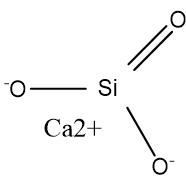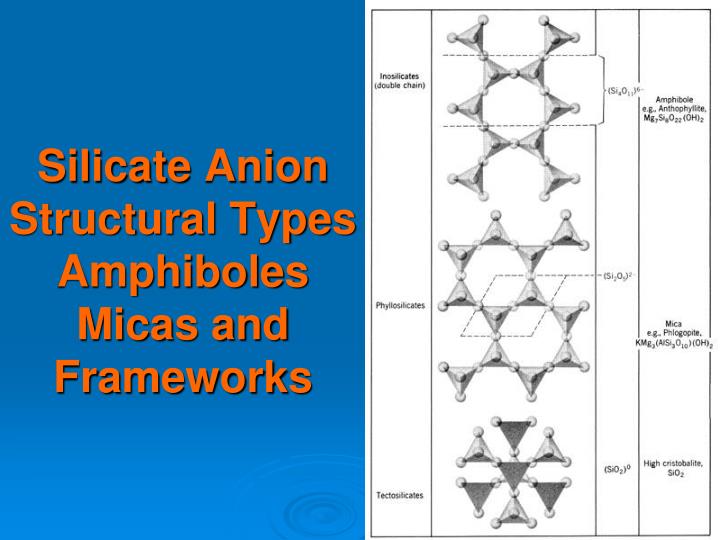


The long-term exposure to silica may also affect the kidney and increase the risk of autoimmune diseases. chronic obstructive pulmonary disease, or COPD.silicosis, a progressive, irreversible lung disease.Long term inhalation of silica dust may lead to issues in the lungs, including: This situation is most common in people who work in quarries or factories that process silica. However, research surrounding the risks of silica tends to focus on silica dust that people inhale, as that is where the health risks are highest.Īs the ATSDR state, it is inhaling silica dust over long periods that can be serious. Share on Pinterest Inhalation of silica dust can increase the risk of respiratory conditions.Īdverse effects are possible with silica. So, the researchers in the above study want stricter guidelines when manufacturers use silicon dioxide as a food additive. So, while silica particles that are above the nano size are safe and probably have no risk of being toxic for humans, there is not enough research to say the same about nanoparticles. However, it is hard to differentiate between nano and non-nano silica, and many manufacturers are not clearly stating that there are nanoparticles in their products. While most people think standard silicon dioxide is generally safe, the EFSA have expressed concerns about using silica nanoparticles in food, as there are no long-term safety studies. The researchers concluded that there is a low risk of using silica nanoparticles as a food additive, but they still called for more long-term research. The study indicated that the silica nanoparticles had a low potential to cross the gastrointestinal tract when a person eats them. Research appearing in the Journal of Applied Toxicology investigated the effect of silica nanoparticles as food additives. The concern is that these tiny particles could reach different areas of the body and even get into the cells themselves. These include nanoparticles, which are silica particles that are much smaller than most of the particles that occur in nature. Some researchers have called for further investigation into the types of silica that find their way into food products. Side effects and risks of silicon dioxide The FDA regulations allow manufacturers to include silicon dioxide as a food additive if they only use the smallest amount they need, and the amount does not exceed 2% of the weight of the food. The Food and Drug Administration (FDA) in the United States also regulate how companies use silica in food.

The silica found as a food additive is not the same grade of silica that producers use to make cement, for instance. People should also note that there are different grades of silica. In animal models, researchers noted no accumulation of silicon after the animals repeatedly ate silica. Many studies suggest that there is no cause for concern when people are consuming silicon dioxide in normal doses, such as the small amounts that manufacturers put in food products to prevent caking.Ī review by the European Food Safety Authority (EFSA) goes over the results of studies on silica as a food additive. While the name may seem unfamiliar, silicon dioxide is a natural compound. Halaal Certification has been obtained for Cellfood Silica.Many food additives tend to raise concerns from people who want to be aware of what they are eating, and silicon dioxide is no different. Double the dosage for severe mineral deficiency or toxic overload. Suggested Instructions for use: Add 15 drops to a glass of filtered or still bottled water, twice daily or after physical activity. The only way to get silica in sufficient quantity in the diet is through a supplement like Cellfood Silica. Now that most foods are processed, most of the natural silica has been refined out. It's important to understand that years ago silica was found naturally in foods - primarily in grains. Most silica mineral supplements are in tablet form and are not as easily absorbed by the body. Because it is liquid and has a very small molecular size, it is one of the easiest-to-absorb products on the market. Helps with Alzheimer's by helping to remove aluminiumĬellfood Silica is an extremely easy to absorb and easy to drink liquid mineral supplement.Healing assistance and pain relief for burns.Re-mineralisation of skeletal system (bones).Protects function and structure of connective tissue.Stimulation of cell formation and metabolism.


 0 kommentar(er)
0 kommentar(er)
